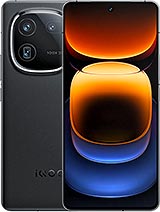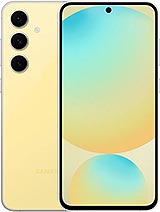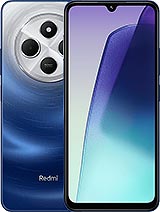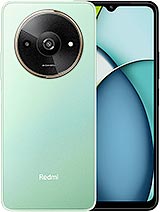iQOO 13 alternatives
Tap above to see alternatives.
Tecno Spark 30C alternatives
Tap above to see alternatives.
Tecno Spark 30C
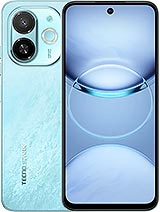
Tecno Spark 30C
-
Dimensity 6300
6 nm
-
5000 mAh
18W
-
6.67"
720 x 1600 pixels
-
48 MP
1080p@30fps
2x4.32 GHz Oryon V2 Phoenix L
6x3.53 GHz Oryon V2 Phoenix M
2x2.4 GHz Cortex-A76
6x2.0 GHz Cortex-A55
16GB 512GB (UFS 4.0)
4GB 128GB (eMMC 5.1)
f/1.9, 23mm (wide), 1/1.56", 1.0µm, PDAF, OIS
50 MP
f/1.9, 50mm (telephoto), 1/2.93", 0.6µm, PDAF, OIS, 2x optical zoom
50 MP
f/2.0, 15mm (ultrawide), 1/2.76", 0.64µm, AF
(wide), 1/2.0", 0.8µm, AF
4K@24/30/60fps
1080p@30/60/120/240fps
f/2.5, 28mm (wide), 1/3.15", 0.7µm
1080p@30/60fps
SIM1: Nano, SIM2: Nano
SIM1: Nano, SIM2: Nano
FDD: N1, N3, N5, N7, N8, N20, N28
TDD: N38, N40, N41, N77, N78
FDD: N3
TDD: N40
FDD: N1, N3, N5, N7, N8, N20, N28
TDD: N38, N40, N41, N77, N78
FDD: N3
TDD: N40
In this comparison, the iQOO 13 with the Qualcomm Snapdragon 8 Elite (3nm) performs better than the Tecno Spark 30C with the Mediatek Dimensity 6300 (6nm), thanks to its more efficient chipset.
iQOO 13 has a superior AMOLED display, while Tecno Spark 30C uses an LCD panel. Moreover, it offers a higher 144 Hz refresh rate for smoother scrolling. These phones offer the same brightness level at nits. Notably, iQOO 13 has a higher resolution display, resulting in sharper visuals.
iQOO 13 has a larger 6000 mAh battery for longer usage. iQOO 13 supports faster wired charging at 120W.
iQOO 13 offers better water and dust resistance with an IP68 rating.


